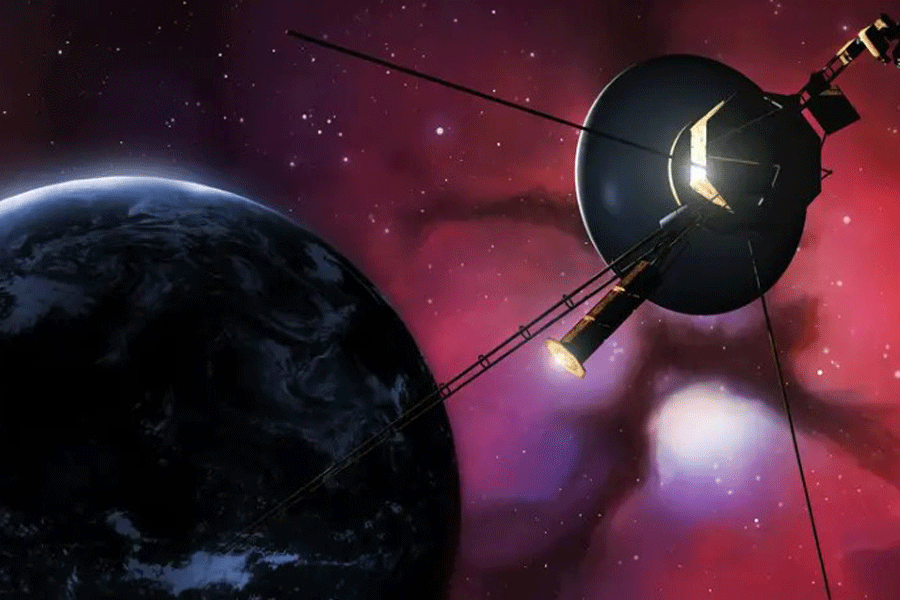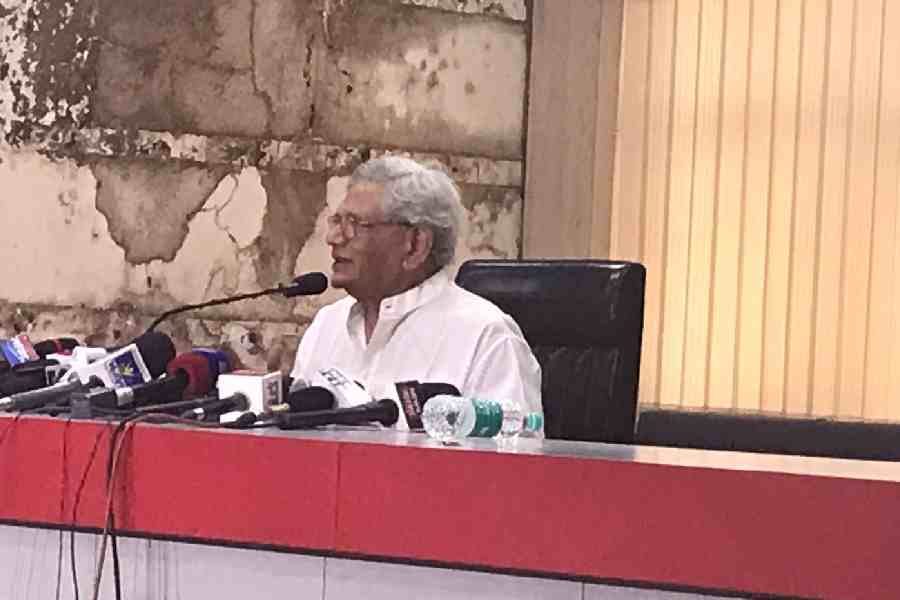NASA on Tuesday picked up a "heartbeat signal" from the Voyager 2 space probe after it went silent late last month.
Voyager 2 was launched in 1977 to explore the outer planets of the solar system. It was designed to last 12 years but continued to beam data back to Earth for more than three decades.
However, late last month, flight controllers accidentally sent a wrong command causing the spacecraft's antenna to point away from Earth, making it unable to receive commands or transmit data.
NASA then used the Deep Space Network, its global network of giant radio antennas, to finally reestablish contact with the space probe on Tuesday.
"So we know the spacecraft is alive and operating," Voyager project manager Suzanne Dodd told the AFP news agency. "This buoyed our spirits."
What's next for Voyager 2?
Flight controllers at NASA's Jet Propulsion Laboratory in California now attempt to reposition Voyager 2's antenna back towards Earth.
If this command doesn't work — and controllers doubt it will — NASA will have to wait until October for an automatic spacecraft reset. The antenna is only 2% off-kilter.
"That is a long time to wait, so we'll try sending up commands several times" before then, Dodd said.
Voyager 2 is the first and only spacecraft to have visited Uranus and Neptune.
In December 2018, it left the solar system's protective magnetic bubble known as the heliopsphere and is now travelling through space between stars, some 19 billion kilometers (12 billion miles) from Earth.
Its twin, Voyager 1, is even further away at 24 billion kilometers (15 billion miles) from Earth, making it humanity's most distant spacecraft.
Both space probes carry so-called "Golden Records" — 12-inch, gold-plated disks that contain photos and audio selected to portray the diversity of life on Earth to any potential extraterrestrial life that may encounter them.
In roughly 296,000 years, Voyager 2 is expected to pass by the star Sirius at a distance of 4.3 light-years.










